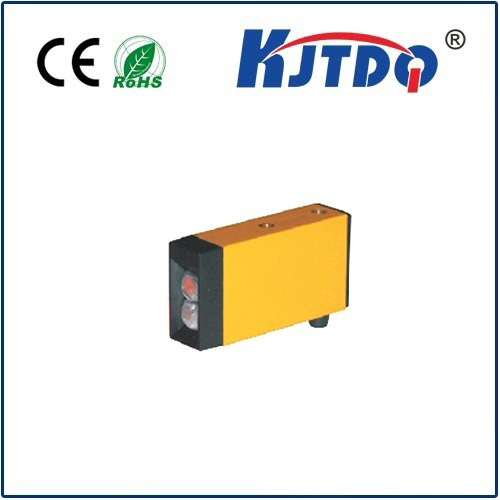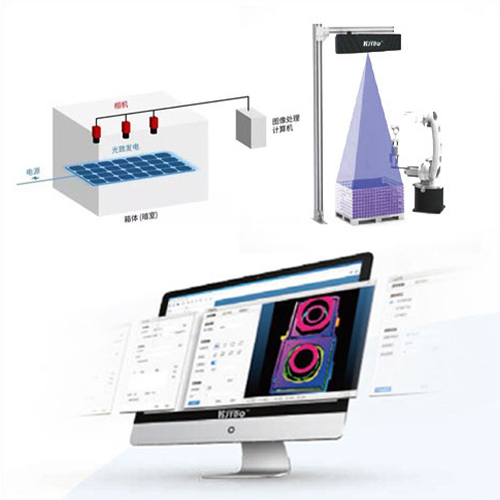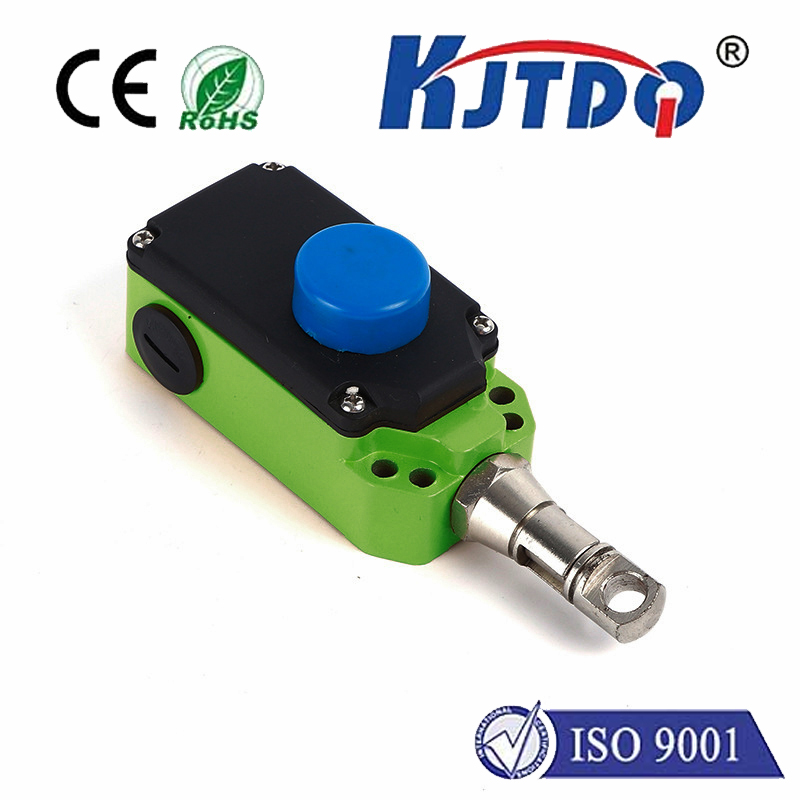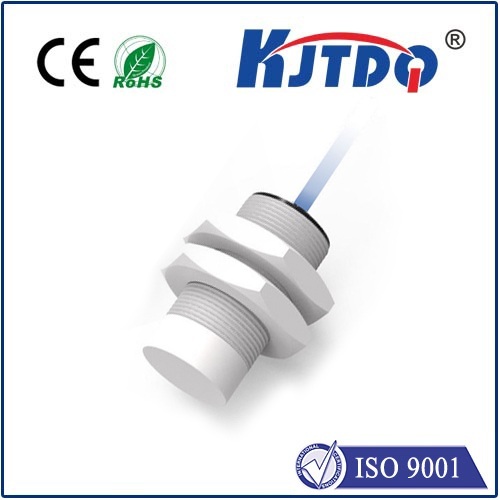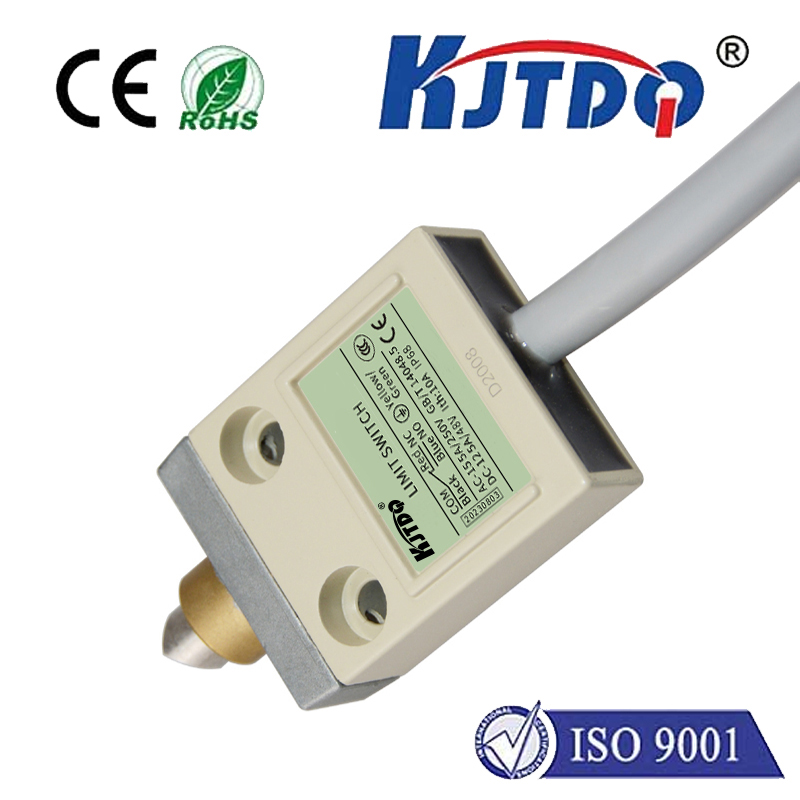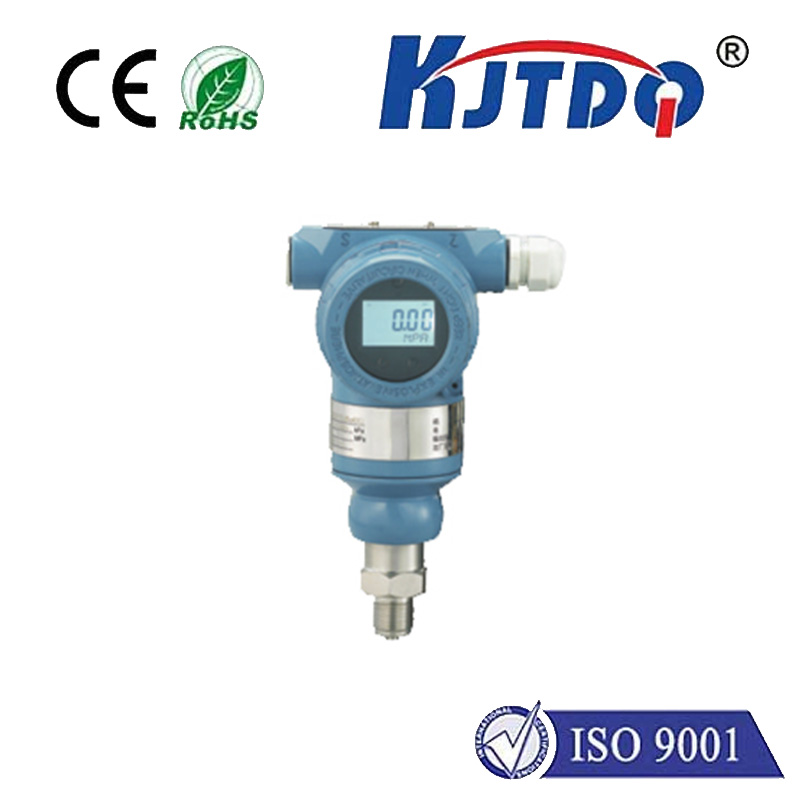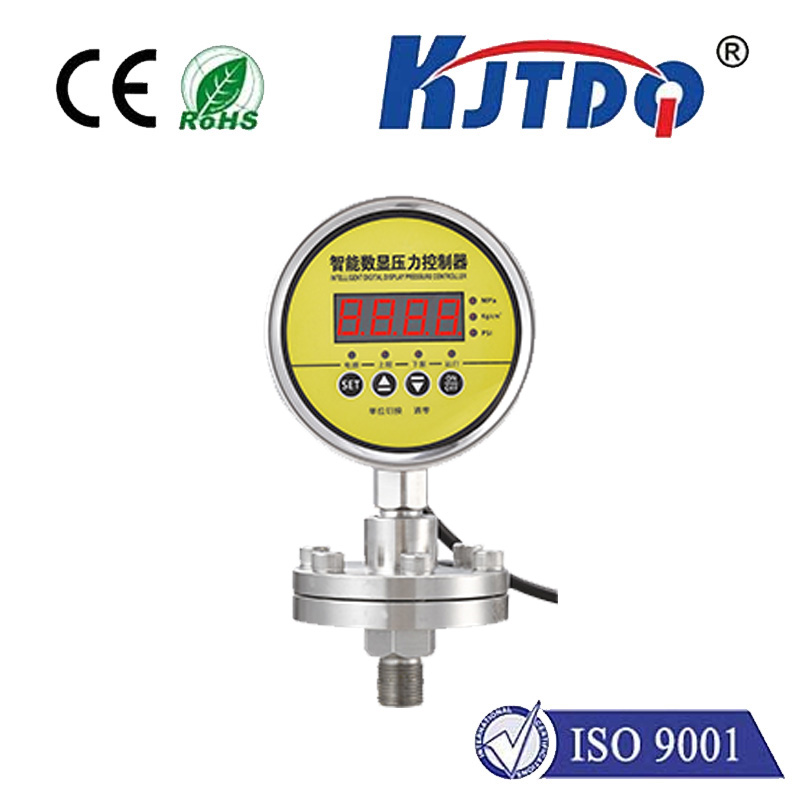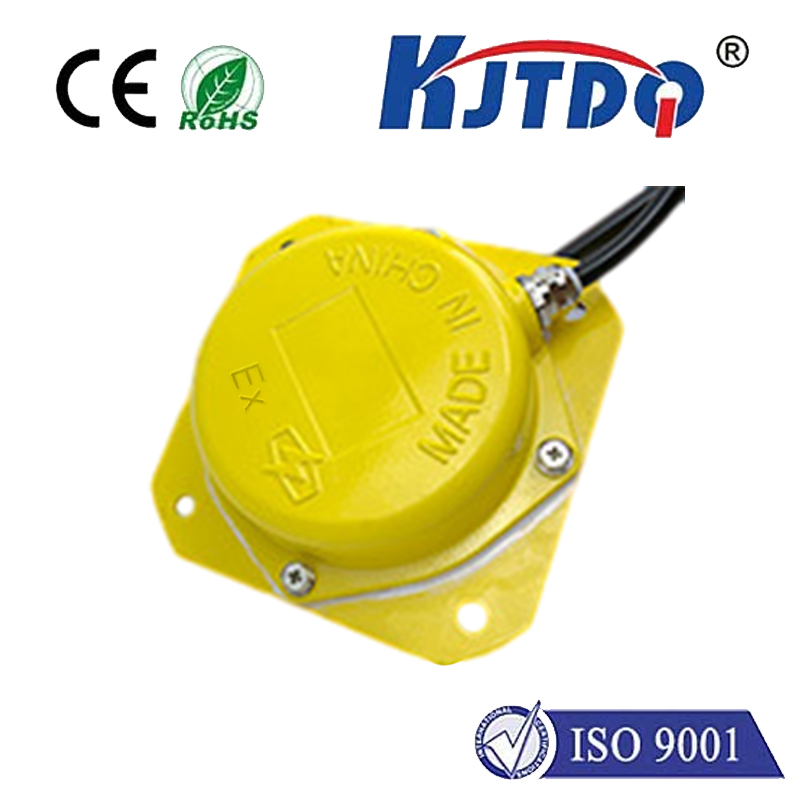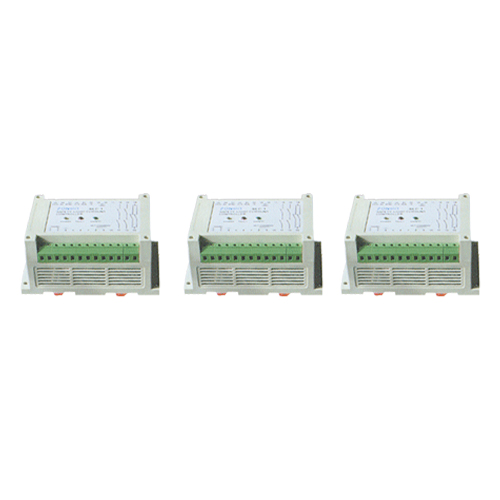

check

check

check

check

check

check

check

check

check

check
Imagine transforming a standard optical fiber – the workhorse of global telecommunications – into an exquisitely sensitive probe capable of detecting minute changes in its environment, down to the level of single molecules. This remarkable feat is achieved through tapered optical fiber sensors (TOFS), a technology harnessing the unique properties of specially shaped fibers to push the boundaries of sensing performance.
At its core, a tapered optical fiber sensor is created by carefully heating and stretching a conventional optical fiber until its diameter is dramatically reduced in a specific region – the taper. This taper transition fundamentally alters how light propagates within the fiber. In the thinned waist region, a significant portion of the light’s energy travels just outside the physical boundary of the glass core, forming what’s known as the evanescent field. This evanescent wave is the linchpin of the sensor’s functionality. It acts like an invisible antenna, extending into the surrounding medium (gas, liquid, or even biological material) and interacting directly with any analytes present.
The magic happens when this evanescent field encounters a target substance. Interactions such as changes in the refractive index of the surrounding medium, absorption of specific light wavelengths, or scattering events perturb the light propagating through the tapered region. These subtle alterations manifest as measurable changes in the light’s key properties when it exits the fiber – particularly its intensity, phase, or wavelength. Sophisticated detection systems monitor these shifts, translating them into quantitative information about the presence or concentration of the target analyte. The sensitivity hinges critically on the strength and extent of the evanescent field interaction, which is intrinsically amplified by the reduced fiber diameter in the taper.

Why choose a tapered fiber sensor? The advantages are compelling:
The primary method for creating these sensitive probes is the heat-and-pull technique. A section of the fiber is heated locally (often with a flame, electric microheater, or laser) to soften the glass. Simultaneously, controlled tension is applied to both ends, stretching the softened region into a symmetric, smooth taper. Precise control of the heating profile, temperature, and pulling speed is paramount to achieving the desired taper shape (linear, adiabatic, or non-adiabatic) and, consequently, the optimal sensing performance. The resulting taper waist can range from nanometers to tens of micrometers in diameter.
The applications of tapered optical fiber sensors are vast and constantly expanding:
Researchers are continually enhancing TOFS capabilities. Functionalization of the taper surface is a key strategy. By coating the taper with specialized layers – such as antibodies for specific pathogen capture, enzymes for catalytic reactions, dye-doped polymers for enhanced sensitivity to specific gases, or plasmonic materials (like gold nanoparticles) to boost the evanescent field intensity – sensors become highly selective and even more sensitive to particular targets. This integration with nanomaterials and smart coatings represents a major frontier in advancing this technology.
Tapered optical fiber sensors exemplify the elegant convergence of fundamental optics and practical engineering. By sculpting a simple optical fiber into a specific geometric form, they unlock profound sensitivity for probing the world around us at the micro and nano scales. Their unique advantages – compactness, robustness, label-free operation, and immunity to EM noise – combined with continuous advancements in fabrication, functionalization, and interrogation techniques, ensure their growing importance across fields demanding precision detection. From safeguarding our environment to enabling breakthroughs in personalized medicine, the finely tapered tip of an optical fiber is proving to be an extraordinarily powerful tool for the unseen.
